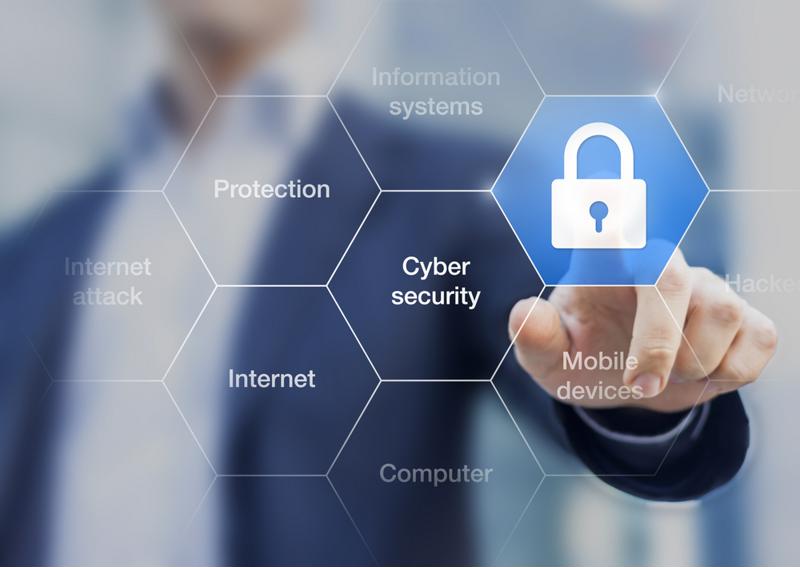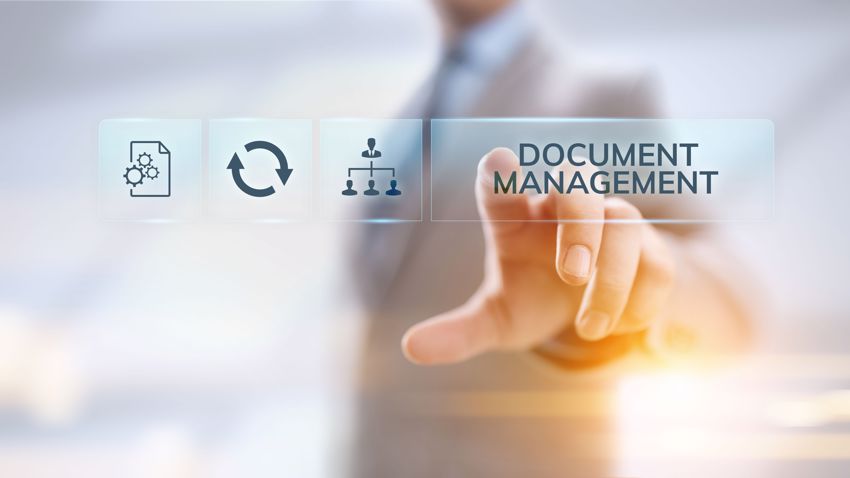Inside e-PlanSoft’s AI Roadmap
Across government agencies, one theme keeps coming up: staff need to do more with less. Reviewers are juggling high volumes of complex plan sets...

Explore our 2024 comparative review, your ultimate guide through the top-tier plan review solutions.
3 min read
 e-PlanSoft™ Team
Mar 24, 2023 8:49:27 AM
e-PlanSoft™ Team
Mar 24, 2023 8:49:27 AM

There has never been a more challenging time for cybersecurity. The number of cyberattacks has gone up dramatically in recent years, according to Check Point Research. Businesses are constantly threatened by cybercriminals with evolving tactics, using newer and more sophisticated methods to steal data. Taking advantage of electronic documents that lack proper security is one of those ways.
When working with electronic documents, security and confidentiality are top concerns for many business IT teams and electronic plan reviewers. Electronic documents are a form of digital data, meaning they share the same security concerns as every other type of data. Data breaches, malware, unauthorized access — all of these risks are inherent to electronic documents.
In this article, we'll talk about some of the potential pitfalls involved in using improperly secured electronic documents before going into how you can minimize the dangers when working with this type of data.
When you're working with an electronic document during plan review, you want to be sure:
That's without even mentioning phishing attacks, password crackers, or various common tools used by cybercriminals to steal data. While these are other types of threats you should be familiar with, we especially want to talk about data breaches and malware.
There are few concerns higher on the list for IT teams than the potential for a data breach. This is when a cybercriminal finds a way to access, read and often steal confidential information on a company network.
When you're working with information you'd like to keep secure, you want to make sure no unauthorized users can read it. Anyone could read a poorly-secured set of electronic documents if they find an exploit. It's possible a bad actor could crack the password protecting the document's contents or bypass the security entirely.
If your customers — who trust you to keep their data safe — discover you've experienced a breach and the information they expected you to keep confidential is out in the open, it could be devastating for your business. You may even be legally liable if you failed to perform your due diligence in protecting important data.
Cybercriminals can infect your electronic documents with malware if they lack sufficient protection. Malware is short for "malicious software," and it's commonly used to cause damage to a system or network.
Perhaps the most dangerous form of malware for businesses is ransomware. This variety is designed to spread rapidly before encrypting the data on your network — making it unusable and inaccessible. The software will then ask for a fee in exchange for getting your data back. However, even if you pay, there's no guarantee the other party will live up to their end of the deal.
It's usually difficult, if not impossible, to remove ransomware once it's installed, and it can be a severe cybersecurity threat.
One of the most reliable means to ensure data security is for a company to follow SOC 2 Type 2 compliance. This means that electronic document review using that company's services meets the strict criteria necessary to be considered SOC 2 Type 2 approved.
SOC 2 Type 2, in a nutshell, is a widely-used and reputable type of audit report that can provide proof of security for an organization that uses cloud computing, data storage and other electronic services. SOC 2 Type 2 is based on the Trust Services Criteria (TSC), which were developed by the American Institute of Certified Public Accountants (AICPA). If a company meets these criteria, then this acts as a badge of approval, demonstrating extremely capable cybersecurity.
To meet SOC 2 Type 2 requirements, an organization must have established and approved recovery and backup procedures, data breach responses, encryption policies, loss prevention, disaster recovery plans and other features associated with data security.

With e-PlanSoft™, customers can rest assured that effective controls are in place to protect their electronic documents.
e-PlanSoft™ maintains the highest standards for data security. Following SOC 2 Type 2 regulations is all but necessary to have sufficient protection against data breaches, malware and other online threats. All of e-PlanSoft's products are protected with SOC 2 Type 2 conformance, so you know you're getting top-tier protection for all of your critical data.
Premier data protection is a core feature of e-PlanSoft's line of products. Request a demo today to learn more.

Across government agencies, one theme keeps coming up: staff need to do more with less. Reviewers are juggling high volumes of complex plan sets...

Remote work has become a normal part of life for building and planning departments. Whether during office closures, holidays, or hybrid schedules,...

As government agencies modernize their plan review processes, many are weighing familiar tools like Bluebeam against purpose-built platforms such as...
.png)
Before we jump into everything that makes our electronic plan review software stand out against...

You're one of many plan reviewers handed a plan set, working together to communicate with each other what should go into it so you can build...

As a plan reviewer, you and your team are starting to have difficulty keeping track of the different versions of the plan set. You were using one you...